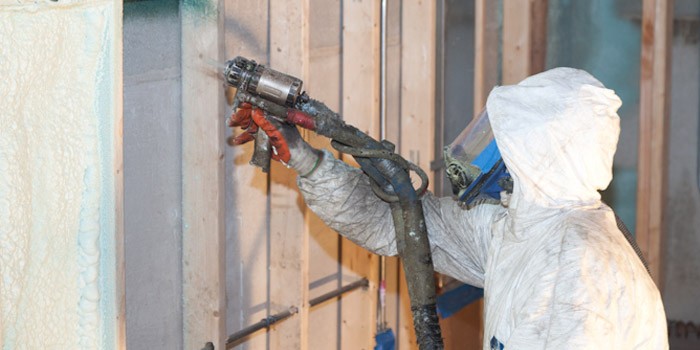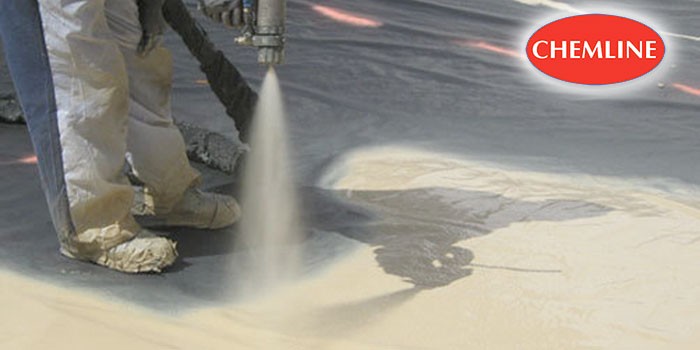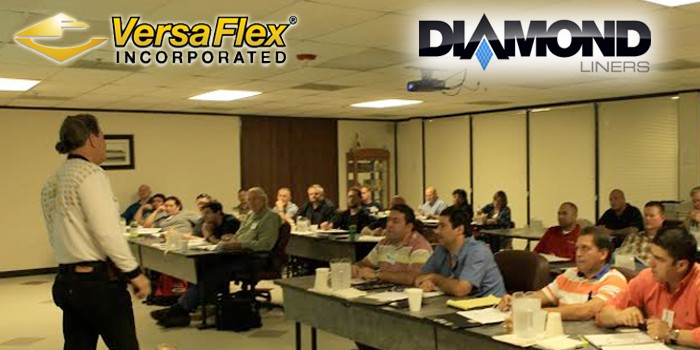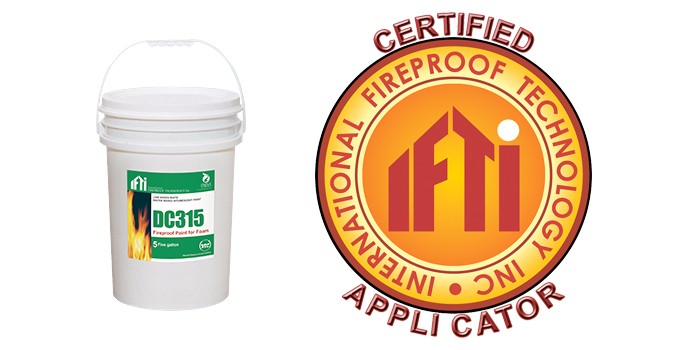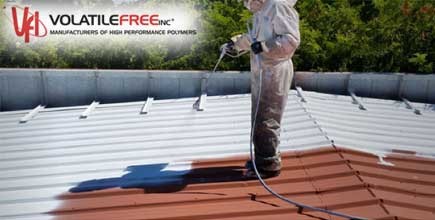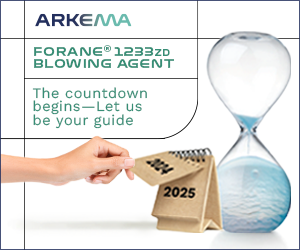Paint to Protect's DC315 Thermal & Ignition Barrier Passes 34th Full-Scale Room Test
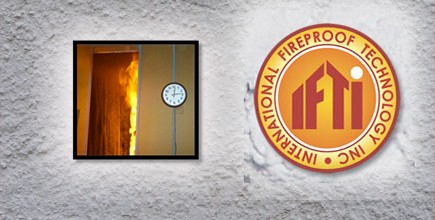
IRVINE, CA–May 23, 2012–As an Industry we have an obligation to our end users safety. Intumescent coatings offer the SPF industry a more economical solution to “CODE REQUIRED” barriers, and a method to apply a barrier where access is difficult. Sorting through the codes on when and where an ignition and thermal barrier is required is hard enough, but buying a coating is simple if you remember to always lead with one simple question, ”Has your coating been tested on the foam I am using.” Understanding the answer is easy, as it is either Yes or NO! Please look at our easy to understand testing matrix below. It clearly states what testing DC315 has passed; on what brands of foam, what test, what date, with whom, WFT and DFT application rate, and the certified full scale code required test number so you and your code officials can easily support our claim. Paint to Protect DC315 we proudly showed you ours! If you are not using DC315 ask you current coatings supplier to show you theirs! DC315 the proof is in the testing, settle for nothing less.
Thermal and ignition barriers over spray polyurethane foam (SPF)
The use of Intumescent coatings as a thermal and ignition barrier alternative solution over SPF is exploding in the U.S. There are many variables on job sites that may influence the need of an ignition or thermal barrier. Once the decision is made that an ignition barrier is needed your job should become easier, not harder. There is much confusion in the market place lead by coating suppliers that claim their ignition and thermal barrier product meets the codes and has been tested. The code clearly states that any alternative barrier must be tested over each brand of foam, both on open and closed cell, and at a thickness of the expected application. This means a product that passes on SPF Brand X can only be used on SPF Brand X. In addition, if the coating passes SPF Brand X open cell foam it does not mean it is approved for SPF Brand X closed cell foam.
The use of an Intumescent coating as an alternative to thermal barrier and Ignition barrier often confuses even the savviest of the code officials, architects, contractors and SPF applicators. The life safety of your clients, homeowners, fireman and woman, and the desire to be code compliant should be your driving reason to sorting through the questions. While using a code compliant alternative may add a cost to your job, the code requires it. On a personal level, for the safety of your clients, they deserve it. Every week we hear from multiple customers who have applied a coating that has not been tested over the specific SPF foam and they are forced with stripping and reapplying a code acceptable alternative. This is a costly issue that must be absorbed by the contractor who is already working on thin margins. Any coating that has not been tested over the SPF that is being coated, is a violation of building codes and creates a serious life safety issue.
Thermal Barriers: Building codes require that spray polyurethane foam be separated from interior occupied spaces by an “approved thermal barrier.” Unless an exception applies, all interior SPF applications are required to be covered with a thermal barrier, covered with an equivalent thermal barrier, or part of a tested alternative assembly.
SPF may be covered with other materials such as an intumescent coating system ONLY if a large-scale 15-minute fire test, by an accredited fire testing facility of the foam brand and type, has been performed and passed. Intumescent products that pass an ignition barrier tested under AC 377, Appendix X, are not appropriate alternative barriers and may not be used.
Ignition Barriers: Building codes allow an exception to the thermal barrier requirement in attics and crawlspaces where entry is made only for repairs or maintenance (IRC) or for the service of utilities (IBC). ACC 377, Appendix X limits alternative materials and assemblies in attic and crawlspaces. Intumescent coatings are an excellent choice as an alternative ignition barrier. The coating must be tested to ACC 377; Appendix X full scale modified NFPA 286 by an accredited testing facility. Each foam brand and type must be tested independently.
Key Points:
-
A coating manufacturer must supply you full scale testing for ignition and thermal barrier for each foam brand. The easiest way to sort through the confusion is to insist on seeing a copy of the full scale testing data.
- Call your foam manufacturer and ask them “What coatings have passed on your foams and can I use coating X on this job.”
-
There is substantial difference between open and closed cell, and all brands of foam.
- Passing one test does not qualify a product to be used on any foam of your choice or just because some sales person tells you it is OK.
-
Passing an ignition barrier tests does not qualify a coating for thermal barrier use.
- It does not matter how thick you apply the coating; if it only passed for ignition barrier it does not qualify as a thermal barrier.
DC315’s” Testing Matrix
PAINT TO PROTECT DC315 THE PROOF IS IN THE TESTING
All tests are full scale tests and meet the applicable requirements of 2006 IBC Section 803.2.1; 2009 IBC Section 803.2.1 and Section 2603.9; 2012 IBC Section 803.2.1 and Section 2603.10 Special Approval for Thermal Barrier Alternatives. DC315 also meets the requirement as an Ignition Barrier per AC 377, Appendix X at an incredible spread rate of 400 sq. ft. per gallon.

Please visit the links listed below or call 855-253-7565 for further information or to request a copy of the certified testing documents, or to obtain a copy of the current code requirements on how to determine if the Ignition or Thermal Barrier alternative you are using meets ICC Code Requirements.
Disqus website name not provided.




